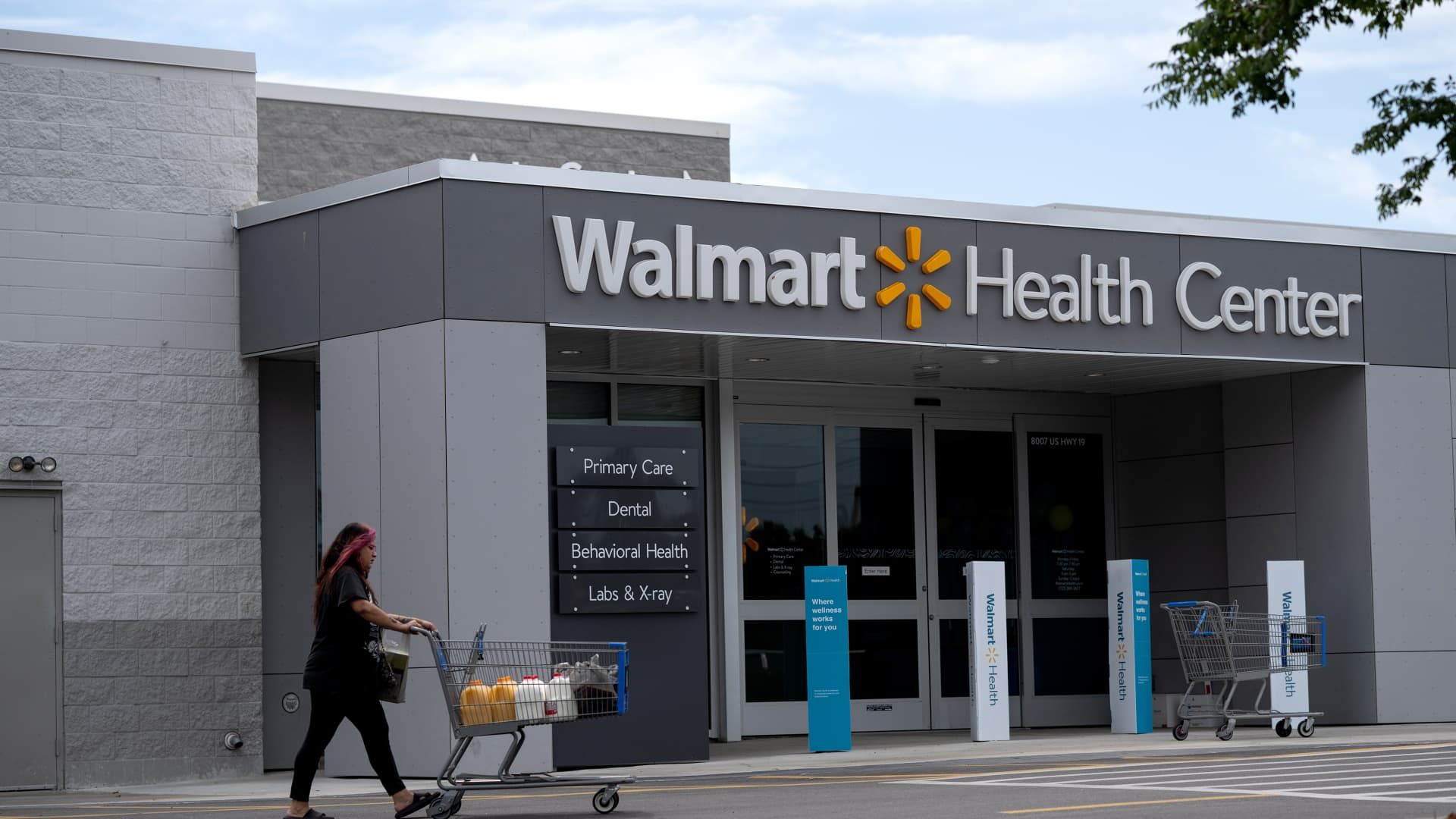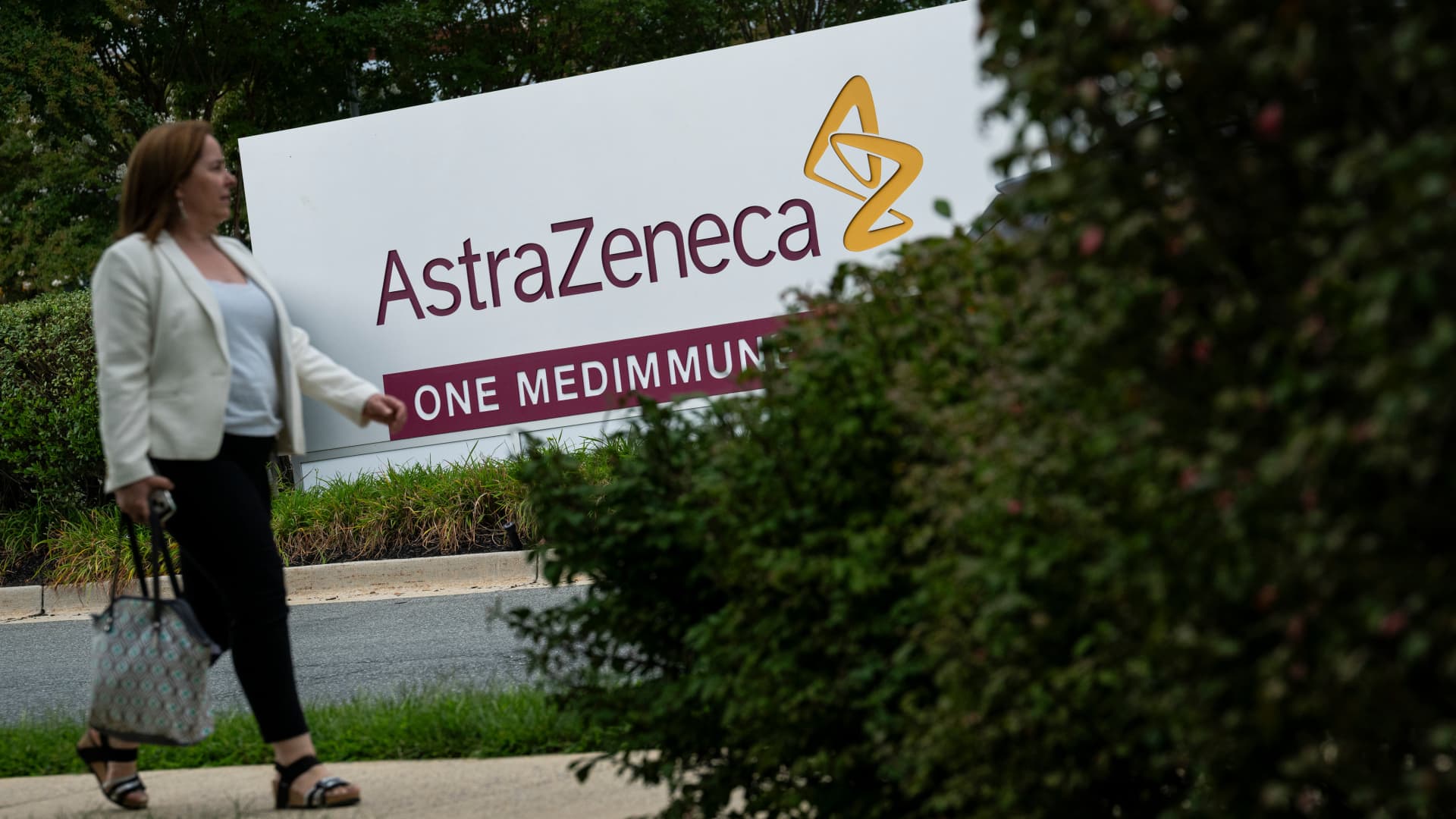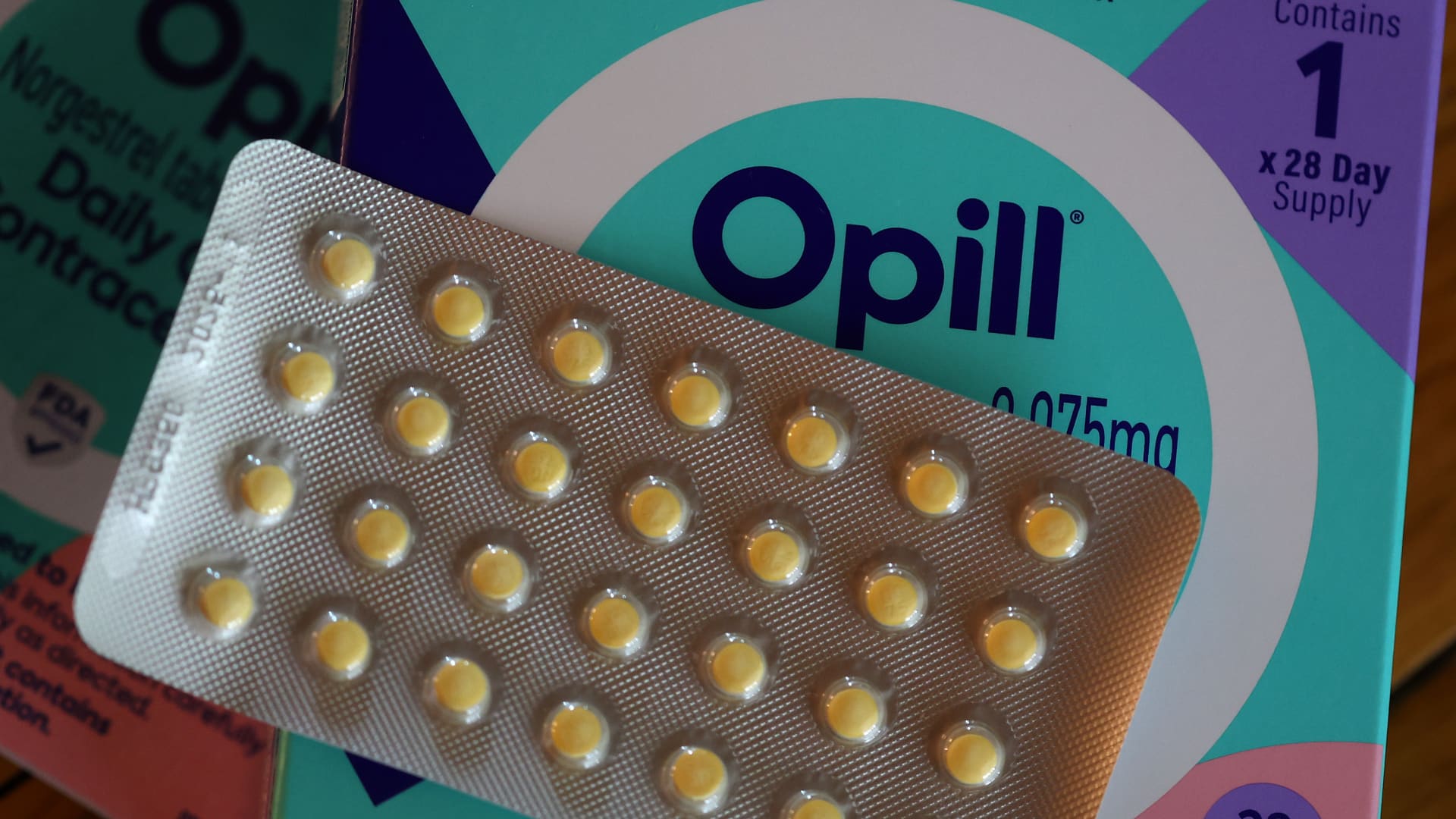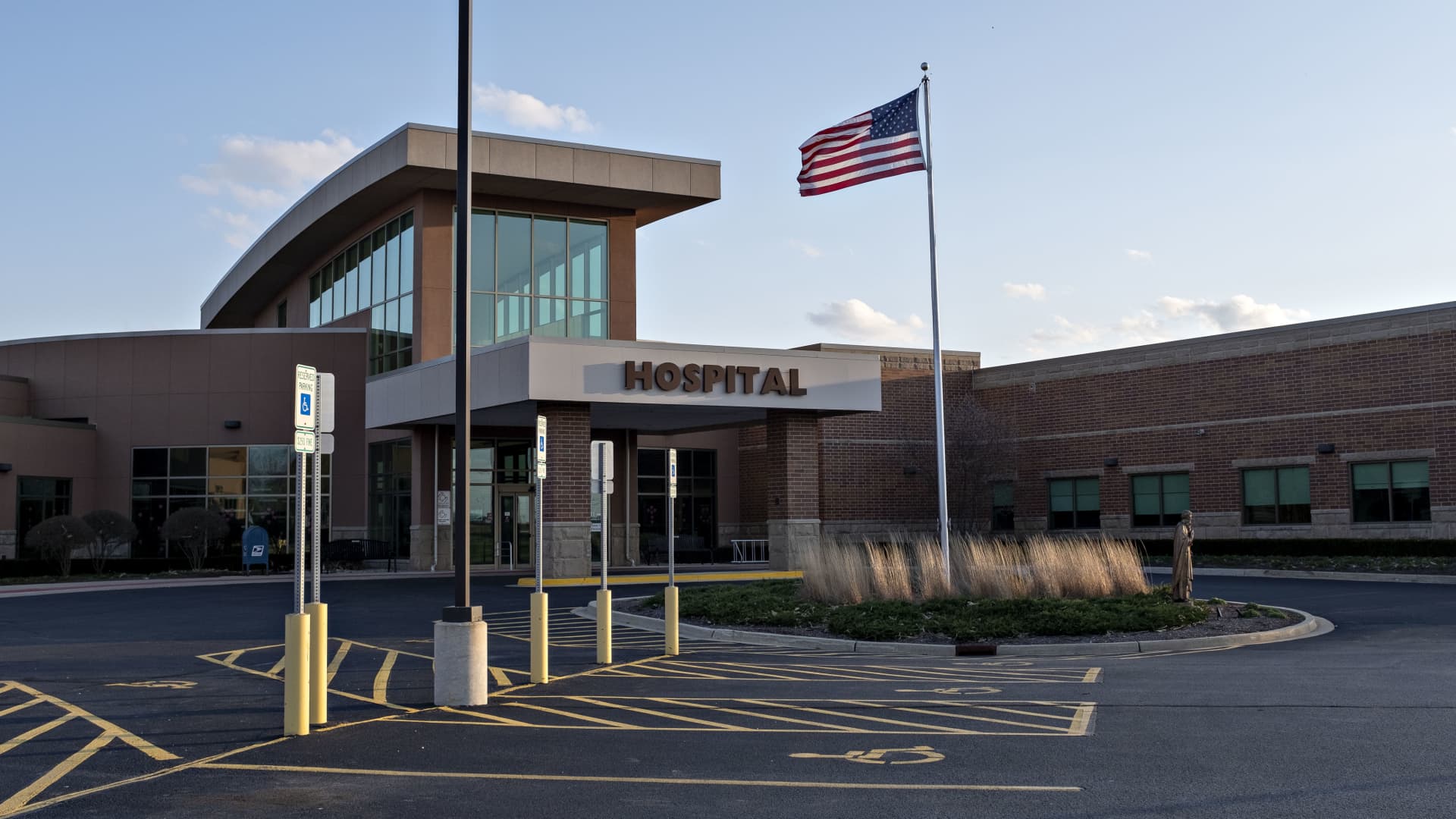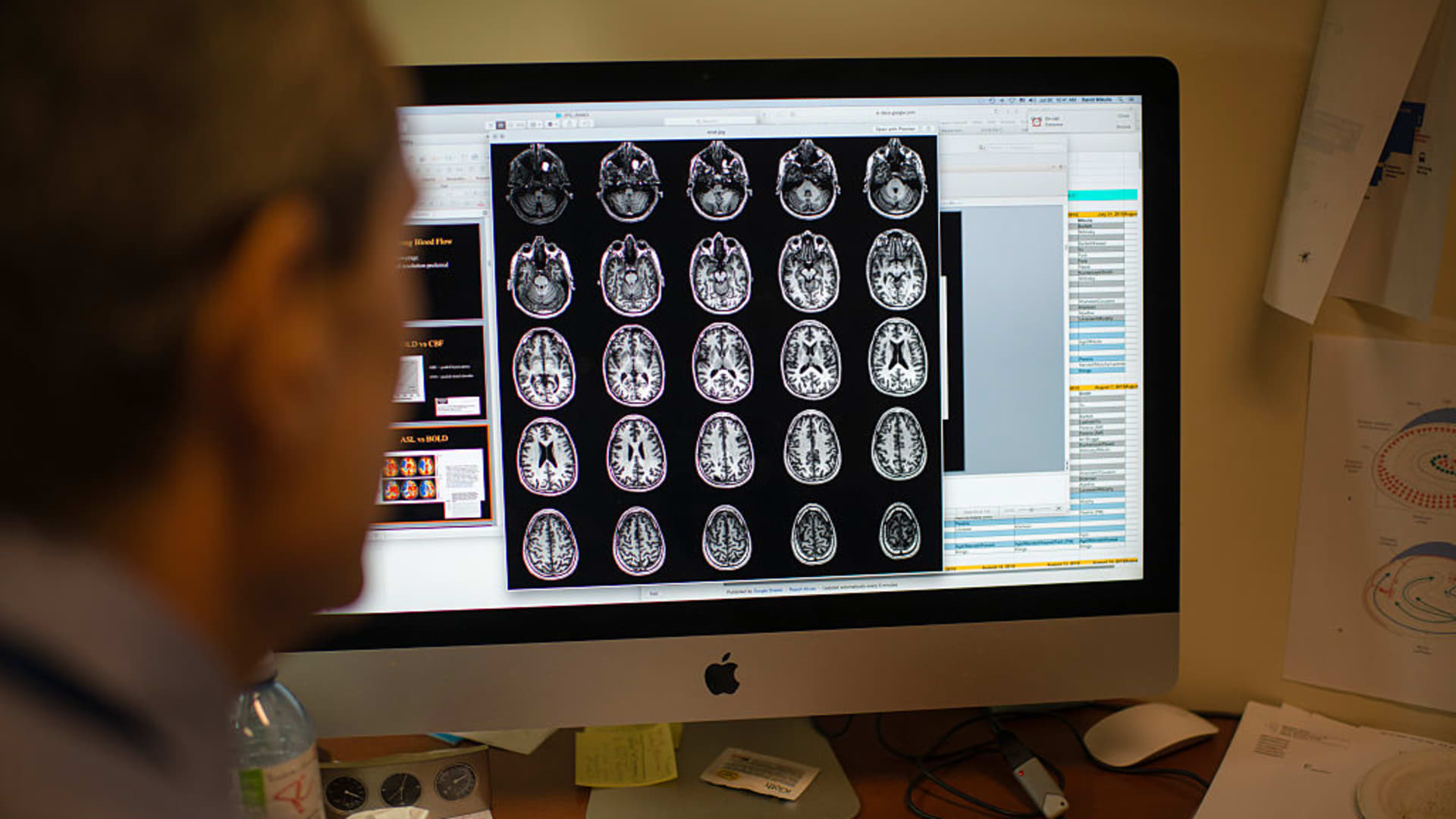Bobbi Radford showed up at the CVS MinuteClinic in Batavia, Ohio, last Thanksgiving because she was having pain in her arm.
“I waited an hour and then they told me to go to the [emergency room]. ” Radford said. Upon informing the employee of his history of congestive heart failure, he was told to go to the emergency room. But Radford says that after doing that, the emergency room determined he had a case of congestive elbow. tennis player.
“It was a waste of time and I still had to go to my family doctor,” Radford said.
Despite their initial promise of convenience and accessibility, in-store clinics have not been the goose that lays the golden eggs that many retailers originally envisioned. That's why Walmart recently announced it would close its 51 full-service health care centers in its stores. Another symptom of the ailing market is Walgreens, which announced the closure of 160 VillageMD locations (Walgreens owns a 63% stake in VillageMD, which also operates independent clinics). CVS's MinuteClinic, the largest in-store clinic with more than 1,100 locations, has announced the closure of dozens of clinics this year in Southern California and New England.
Not all patient experiences are negative. Karla Lemon of Conway, South Carolina, says she uses CVS's MinuteClinic for vaccines or sinus infections. “I've had a pretty good experience with them,” Lemon said.
But the business experience in the retail health clinic sector has been largely disappointing. This isn't a big surprise to Timothy Hoff, a professor of health systems management at Northeastern University. Hoff has researched retail health clinics and how they provide primary care and says margins can be slim or non-existent and that many other challenges have hindered their success. What was not long ago considered version “2.0” of primary health care is now being left behind after the closure of in-store clinics.
“1.0 was the rise of urgent care centers. Those were places 20 or 30 years ago that gave people alternatives to primary care doctors,” Hoff said. But about 15 years ago, Hoff says, the space started moving into high-traffic stores, like grocery stores and department stores, with healthcare trying to meet people where they were. But this presented challenges that many retailers, and even some suppliers, were unfamiliar with.
“Some of these organizations grew this part of their business too quickly and didn't realize the cost model to sustain them,” Hoff said. Insurance reimbursements at these clinics are low, but expenses have increased significantly. “I just don't think the math works for a lot of places to have a lot of these now. Some of these big organizations are shrinking and going backwards,” Hoff added.
Retail clinics depend on sales volume. “If you can't pump a lot of patients, it doesn't work,” Hoff said. Staffing was also a struggle. “They ended up being more expensive to maintain than they thought and, combined with labor shortages, they just didn't work.”
There is also the issue of cross-selling. Many retail chains use clinics as loss leaders to steer customers toward other products and services they sell—luring customers in the hopes they will buy other things. But the model did not materialize. If someone is sick enough to seek care, they probably won't be in the mood to buy a pint of ice cream or socks while they're away. Likewise, “people who come in to shop don't necessarily go to the clinic,” Hoff said.
A Retail Reality Check for MinuteClinic
Colleen Sanders, a family nurse practitioner in Washington, DC, who now works in health education, worked for two years at MinuteClinic. She pointed out the margin and staffing problems she witnessed.
“Healthcare is a business in the US; while we look at the huge numbers of how many billions are made, that doesn't mean there will be huge margins. I think retailers have realized that they won't make millions and millions of dollars,” Sanders said. “The margins are small.”
Meanwhile, staff costs, which were squeezed to already slim margins, meant that when Sanders worked at MinuteClinic, he did everything from checking people in to billing to cleaning the clinic at the end of the day, and the staff The support team was, at best, undertrained. she said. “That was the model to ensure that they could do it and not have to add staff. But with the volume, you need ancillary staff so that the professional can dedicate time to patient care, because that's where the insurance can be billed from and the income comes.” in.”
The 15 minutes he was allotted to see a patient were often not enough for the complex ailments that people sometimes suffer from. For some patients, the service simply wasn't fast enough: Sanders recalled that a 7-year-old boy he was treating commented that the treatment took more than a minute. Ultimately, America's “I want it now” culture doesn't fit medicine, and that's what retail clinic closures are indicating. “The pace at which we want health care to operate is not consistent with actually providing the level of service that we should be providing, along with the cost of having support staff,” Sanders said. “If we wanted to make a dent in retail health care, then we would have registered nurses instead of physician assistants, but that would cost too much.”
CVS declined to comment directly on the closures, but a spokesperson described the latest strategy as a combination of care delivery capabilities — a mix of virtual, in-store and in-home services — that offers a “more convenient experience.”
Walmart and the problem of volume vs. price
In 2019, Walmart announced a bold initiative to open 4,000 health clinics in its stores by 2029. But those plans ended with the recent closure of the 51 clinics it had opened.
“Primary health care is a low-margin business,” said Arielle Trzcinski, a senior analyst covering health care at a research firm. Forrester. “Compared to what you see in traditional retail, healthcare is a fundamentally different business,” Trzcinski said, citing the challenges of navigating insurance companies and the administrative burdens that healthcare brings.
Retailers cannot recover money by offering primary care as a loss leader in the same way that other healthcare organizations do.
“Primary care feeds patients who need higher acuity services, like surgery or specialists. Hospitals make money and Walmart or Walgreens didn't have that,” Trzcinski said. CVS is doing better thanks to its merger with health insurer Aetna, which now allows upselling of other services, including mental health.
“Walmart finally thought they were solving a major problem,” Trzcinski said, but added that Walmart never put its full marketing force behind the effort or built relationships with other employers to muscle its way into the clinic. “They set out to make health care more affordable and convenient for their customers. But to do that you need volume… You need volume or a different pricing structure to make it work, and Walmart, in the end, didn't have either two things”. calibrated correctly.”
A missed opportunity for rural America
Sanders says the limitations of the business model have even undermined one of the great promises of the retail clinic concept: providing health care in rural areas.
“Walmart tried to go to rural areas where suppliers were scarce and fill a community need; I think it's a great idea because everyone knows where the local Walmart is. But getting suppliers to go to rural areas and work is really a challenge “The quality of life and the things people can do in a small town are not as attractive as in urban centers, so they pay providers a premium to work there,” Sanders said, and that's another thing. which reduces income.
Retailers will continue to experiment with the model.
Dollar General, for example, has tried a “workaround” by offering mobile clinics that visit some of its rural locations and offer a variety of minor medical services.
Amazon's recent launch of One Medical, which offers a $9/month subscription fee for existing Prime members, offers another way to make money.
“They get their money whether you end up using the service or not, and it's a good price if you need the care,” said Virgil Brantz, CEO of Washington-based health fintech platform MacroHealth. Care is virtual, but you can come in in person if you are near a One Medical facility. Unlike most models that make money when patients come, “Amazon makes more money if you don't show up. So there's something a little different about this retail model,” Brantz said.
In-store health clinics can be profitable and viable, and retailers are experimenting with incremental approaches tailored to the local market. Walgreens recently announced the opening of a handful of in-store health clinics in Connecticut, which will be managed by Hartford HealthCare, and the clinics will be called “Hartford HealthCare at Walgreens.” Patients will be able to go beyond typical small-scale clinical services and access Hartford's largest network of specialists and care options.
And in Phoenix, a Be Well Health clinic operates at a Walgreens near the Arizona State University campus, serving only sexual health issues.
“The common denominator is that this is a local partnership with a local supplier with the shared goal of offering convenience and access,” a Walgreens spokesperson said.
Meanwhile, in Atlanta, Little Clinics, which operates inside Kroger, is shifting its services to focus on senior care.
Walmart and Kroger did not respond to requests for comment.
This is all part of what Hoff calls “healthcare 3.0,” a continued disruption and evolution of primary care delivery based on market and customer needs, and including retail clinics. New models will emerge and not all of them will work.
“Every few years, there are a number of outsiders who try to make changes to health care, good and bad,” Brantz said. Inevitably, “they hit the brick wall of the reality of how complex health care can be.”

